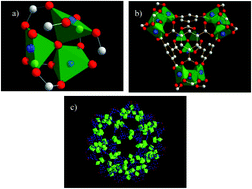Carbon dioxide is the main undesirable compound present in raw natural gas and biogas. Physisorption based adsorption processes such as pressure swing adsorption (PSA) are one of the solutions to selectively adsorb CO2 from CH4. Some hybrid crystalline porous materials that belong to the family of metal–organic frameworks (MOFs) show larger CO2 adsorption capacity compared to the usual industrial adsorbents, such as zeolites and most activated carbons, which makes them potentially promising for such applications. However, their selectivity values have been most often determined using only single gas adsorption measurements combined with simple macroscopic thermodynamic models or by means of molecular simulations based on generic forcefields. The transfer of this systematic approach to all MOFs, whatever their complex physico-chemical features, needs to be considered with caution. In contrast, direct co-adsorption measurements collected on these new materials are still scarce. The aim of this study is to perform a complete analysis of the CO2–CH4 co-adsorption in the mesoporous MIL-100(Cr) MOF (MIL stands for Materials from Institut Lavoisier) by means of a synergic combination of outstanding experimental and modelling tools. This solid has been chosen both for its fundamental interests, given its very large CO2 adsorption capacities and its complexity with a combination of micropores and mesopores and the existence of unsaturated accessible metal sites. The predictions obtained by means of Grand Canonical Monte Carlo simulations based on generic forcefields as well as macroscopic thermodynamic (IAST, RAST) models will be compared to direct the co-adsorption experimental data (breakthrough curve and volumetric measurements).

You have access to this article
 Please wait while we load your content...
Something went wrong. Try again?
Please wait while we load your content...
Something went wrong. Try again?


 Please wait while we load your content...
Please wait while we load your content...